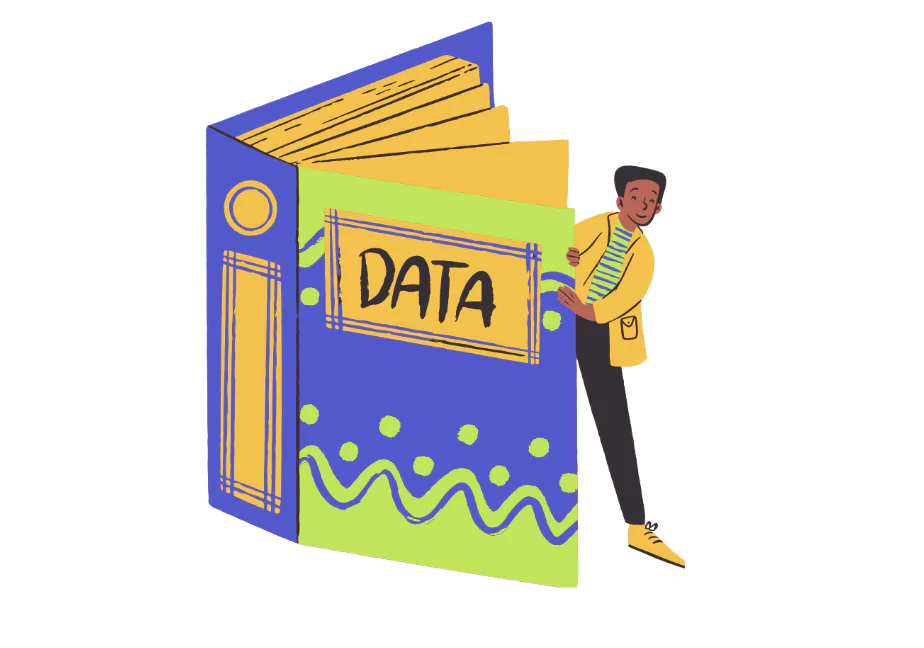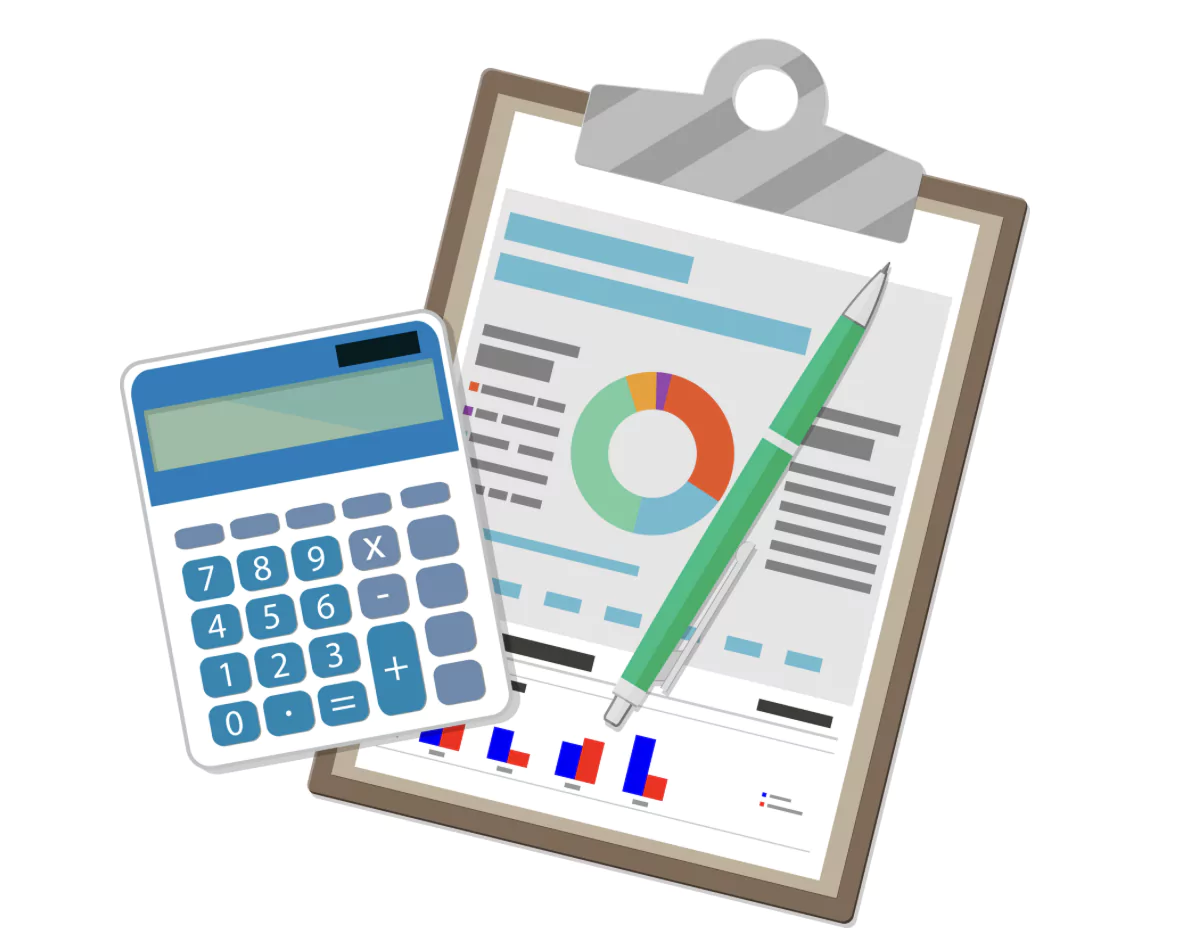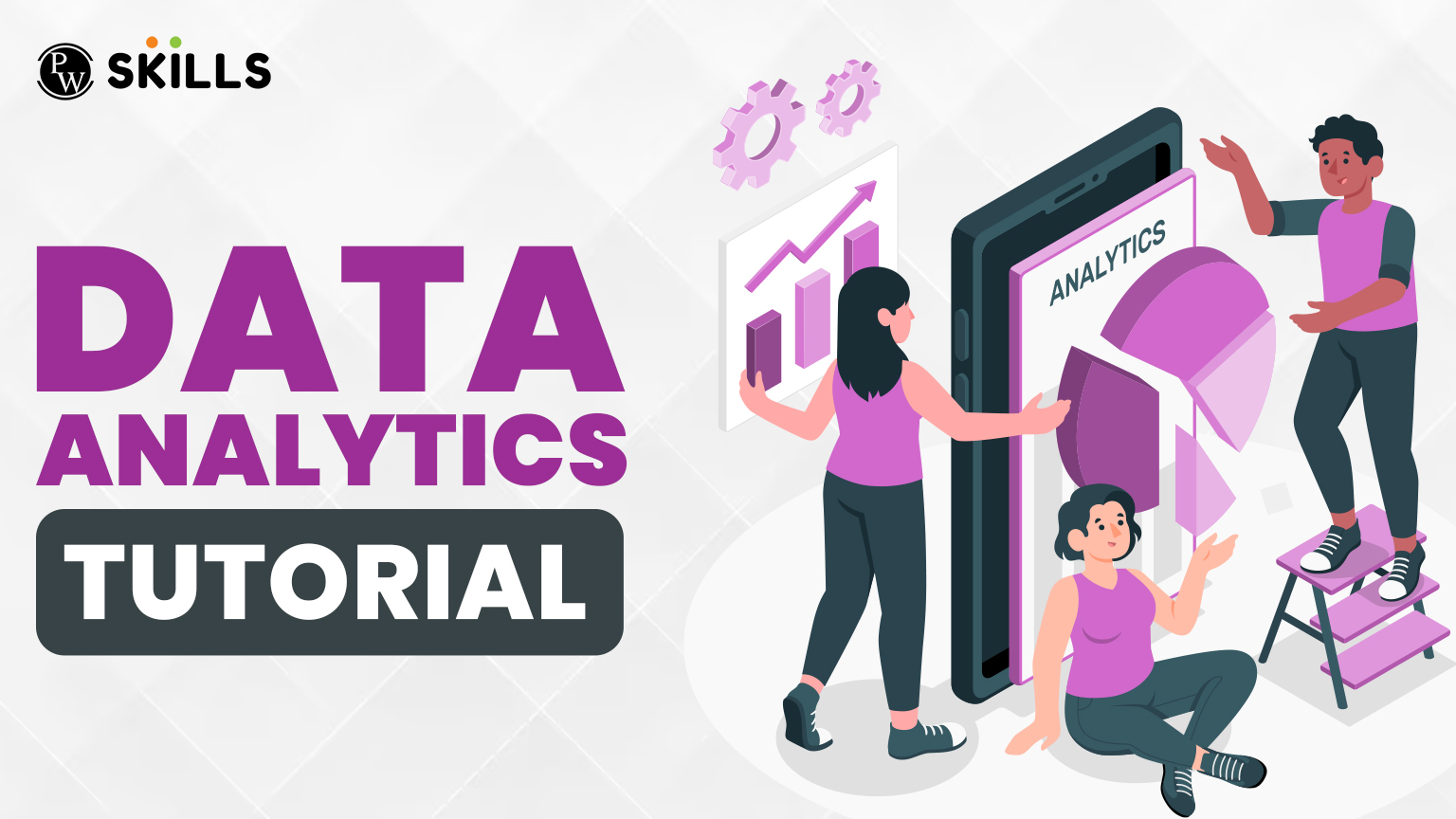Data Analytics tutorial is all you need to start experimenting and exploring vast data from various sources. If you are someone who likes fetching information, predicting information, finding patterns, and more than data analysis is the field just tailored for you.
Data analytics help organisations uncover patterns and extract valuable insights from the raw data. It helps companies understand their customers in a much better manner, extract useful insights, make informed decisions, ads campaigns, and more to boost performance.
Here in this data analytics tutorial we will learn more about Data analytics and how to start a successful career in this role especially for beginners such as freshers who want to build their career around data.
What Is Data Analytics?
Data analytics is a field which converts raw data into useful information helping big companies in taking informed data driven decisions, forecasting, pattern analysis, and more. Data analysis consists of various tools and methods which can be used by businesses to make better decisions and help them reach their objectives.

On a daily basis a large volume of data is generated from various sources such as from social media, transactions, web servers, customer information, and more. Data analysis can fetch useful information from these never ending sources of information.
Why Choose a Career In Data Analytics?
Data is everywhere which can be used by organisations to achieve their objectives and derive useful information from a large heap of data. Data analytics is a stable and fast rising career option where professionals in data analytics solve problems and provide the most effective solution.

Across every industry you will hear the need of data analytics professionals. If you are skilled in advanced tools and skills in data analytics such as Power BI, Python, Tableau, SQL, and more then you can get an excellent salary. It is a much greater opportunity from professionals who are seeking to shift their career to data analytics.
If you are a working professional from a non-IT background and want to switch your career into a data analytics role, then enroll in our Data Analytics Course to get advanced tutorials, e-learning, capstone projects and become job ready.
Important Tools & Frameworks In Data Analytics
Some of the tools and frameworks you will need in your data analytics career are mentioned below in this data analytics tutorial.
1. Microsoft Excel
Excel is a bare minimum tool every analyst must have to maintain their records, visualize, clean, sort and more using advanced formulas, tables and even AI support nowadays. You can add Excel in your top learning list while starting your preparation in data analytics.
2. SQL (Structured Query Language)
SQL also known as Structured Query Language is one of the most important entities of the data analyst field. You will need SQL queries to manipulate your database i,e. Creating, removing, adding, filtering, and more.
SQL helps analysts pull exactly the insights they need from massive datasets. It’s an essential tool for every data analyst.
3. Python Programming Language
Python is one of the most important programming languages in almost every field but in data analytics python and its libraries can perform a variety of operations. Some of the popular Python libraries used in analytics are NumPy, Pandas, Matplotlib, and more. You can learn about these Python frameworks in a separate data analytics tutorial.
4. Tableau
Tableau plays an important role in the data visualisation part where you can easily convert or transition the raw data or extracted information into beautifly and interactive dashboards using simple click based interface.
Business teams love Tableau because it helps them quickly understand patterns, trends, and outliers without needing technical expertise.
5. Power BI
Power BI Skills is developed by Microsoft, Power BI which is a powerful business analytics tool that integrates smoothly with other Microsoft products like Excel and Azure.
This advanced tool is very helpful in creating dashboards, visualizing KPIs, and enabling real-time decision-making. Its user-friendly interface makes it a favorite among business users and analysts alike.
6. R Language
When you need statistical analysis and research then R is one of the best programming languages to go ahead with. It is specifically designed to handle statistical computing tasks. It provides built-in methods to support machine learning, advanced analytics, data visualization, and more.
Important Types of Data Analytics

Some of the major classification of data analytics are mentioned below in this data analytics tutorial.
1. Descriptive Analytics
Descriptive analytics is about understanding what happened in the past collecting all details about the happening. This type of data analytics is used to find the trends and patterns in the market by analysing all data available. It just provides more information on trends in the market in the form of easy to understand reports, charts, dashboards, and more.
2. Diagnostic Analytics
Diagnostic analytics is used to tell questions like what happened and why it happened? It goes to the root cause of the problem by utilising the available data and understanding the problem. It uses techniques like data mining, correlation, and drill-down analysis to give you deeper insights.
For example, an organisation’s sales dropped in the month of June, then diagnostic analysis can find the reason behind by analysing the current data.
3. Predictive Analytics
Predictive analytics is used to make predictions about anything related to the future by analysing data and statistical models, data mining, and machine learning to make forecasts for the future.
For example, with predictive analytics you can predict which customers are likely to churn or which products might be in demand next season. It’s a powerful tool for planning and decision-making, especially in marketing, finance, and e-commerce.
4. Prescriptive Analytics
Prescriptive analytics is used to understand what action is more preferable or better by analysing data. This type of data analytics not only suggests what will happen but also provides the most effective way of handling the situation.
For instance, it can recommend the optimal price for a product or the best time to send marketing emails. This type of analytics often involves AI and optimization algorithms to support complex decision-making.
How to Become a Data Analyst In 2025?

If you have interest in interacting with data and using various methods to extract useful information then follow these steps in this data analytics tutorial to become a data analyst easily.
![]() Join Our Data Analytics Telegram Channel
Join Our Data Analytics Telegram Channel
![]() Join Our Data Analytics WhatsApp Channel
Join Our Data Analytics WhatsApp Channel
1. Start With the Basics of Analytics
It is important for a beginner as well as professionals to start/resume their learning journey with the basics of data analytics as it helps to clear your concepts and help you in the long run.
Choose a tool or framework based on your choice and start learning more about it. Practice questions or real world examples on it so that you strengthen your concept easily.
2. Build a Strong Foundation in Mathematics
Mathematics is an important part of data analytics where it is important to be familiar with the concepts like probability, statistics, algebra, and more as they are very much useful in data analytics. These concepts form the backbone of data analytics.
You will get critical insights in trends, patterns, anomalies in data, and more when you have a strong core around mathematics and statistics. You can learn more about mathematics in another data analytics tutorial.
Read More: Deloitte Data Analytics Internship: Complete Details For College Students
3. Learn important Data analytics tools
Data Analytics tools are an important part of the complete process where these tools are very helpful in making your workflow more effective and productive.
You can take the help of Excel for handling large databases, SQL for manipulating large data, Power BI, Python, and more often contribute a lot in data analytics workflow. Make sure you master SQL and Python programming in the early phase of your data analytics preparation.
4. Take an Online Certification Course
To get expert guidance and go to the depth of data analytics a well recognised data analytics course from a reputed institution can help you make your learning journey more effective. You can take your online certification from the comfort of your home.
Get PW Skills Data Analytics Course to excel in the concepts of data analytics along with advanced tools, capstone projects, practice exercises, industry recognised certification and more.
5. Practice With Real World Project
Strengthen your concepts in data analytics with real world projects based on real datasets available for free on platforms like Google Dataset Search, Kaggle, and more.
You can easily solve problems based on various scenarios and cases such as forecasting, website traffic analysis, customer churn, sales forecasting, and more.
6. Build a Stronger Portfolio
To get in the eyes of recruiters you have to build your job portfolio where you can mention your resume, projects, experience, qualifications, and more to stand out from the rest of the candidates. You can host your work on a personal website or Github where the recruiters can easily see.
7. Start Applying for Internship
Get your hands on a virtual or in-office internship to get industry exposure, learn practical skills, network with industry professionals, and more. You can apply for internships, freelance work, gigs, and more on different job sites, such as Linkedin, Internshala, Naukri, and more.
Applications of Data Analytics

The field of data analytics finds its applications in a variety of domains or fields. Let us know some of them in this data analytics tutorial.
1. Advertisement
We can use data analytics to understand the preference of the audience, learn the current market pattern, conduct market analysis, and more to understand the audience and produce or deliver products and services based on their needs. Data analytics is very helpful when it comes to collecting real time data to make big decisions with high accuracy.
2. Education
Data analytics can be used to improve curriculum and decisions taken for the well being of students. We can collect data from the preference of each student to build an informed curriculum. This would create something better. We can also survey on the current trends, important technologies and more to mention them in the curriculum accordingly.
3. Finance & Banking
In finance and banking the data analytics find its application by providing users and banks an option for effective risk management, fraud detection, and more. With data analytics you can easily find anomalies in transactions, details, and more. With the use of data analytics in banking the cases of fraudulent activities are significantly lowered.
4. Healthcare
In this section of the society data analytics can play a major role to provide better suggestions and make the treatment more effective. All data of patients is collected to detect patterns and correlations in patient history. With the help of data analytics healthcare experts can take more informed decisions.
Read More: 12 Data Analytics Books for Beginners: A 2025 Reading List
5. Real Estate
Data analytics can be used for analysing market trends to find the exact valuation of a property. With many things going in the market a lot of data is available for data analytics professionals to find out value from them. These insights can help determine accurate prices for a property and more.
6. Insurance
Data analytics help the insurance sector to conduct effective risk assessment and claim processing. There are many policyholders and claim processing and to process them more effectively data analytics can be a big help in making correct decisions or accurate predictions.
Data Analytics Interview Questions & Answers
Candidates can prepare for their interview by practising important questions and concepts in data analytics. The best approach is solving interview questions in data analytics tutorials based on frequent questions asked by the interviewees.
- 45+ Top Data Analyst Interview Questions
- Big Data Interview Questions & Answers
- An Overview of Data Analysis Process: Important 6 Steps Guide
- What is Exploratory Data Analysis?: Complete Explanation For Beginners
Learn Data Analytics With PW Skills
Become a pro in the field of data analysis with a Data Analytics Course from PW Skills. Master in-demand advanced tools and frameworks while working within the organisation. Develop industry oriented skills along with capstone projects throughout the course tenure. Build a job ready portfolio along with experience you need to get opportunities in data analytics roles.
Learn in the presence of dedicated mentors with weekend live sessions along with recorded tutorials. Practice well with our module assignments, practice exercises, and more. Complete the course tutorials and assessment and get industry recognised certification at the end.
Data Analytics Tutorial FAQs
Q1. What is data analytics?
Ans: Data analytics is a field which converts raw data into useful information helping big companies in taking informed data driven decisions, forecasting, pattern analysis, and more.
Q2. Why is data analytics a good career in 2025?
Ans: Data is everywhere used by organisations to achieve their objectives and derive useful information from a large heap of data. Data analytics is a stable and fast rising career option where professionals in data analytics solve problems and provide the most effective solution.
Q3. What are major types of data analytics?
Ans: As given in this data analytics tutorial predictive analytics, prescriptive analytics, descriptive analytics, diagnostic analytics, are some of the important classification of data analytics.
Q4. What are the applications of data analytics?
Ans: Data analytics find its uses in different industries such as education, healthcare, advertisement, marketing, real estate, insurance, and more.

